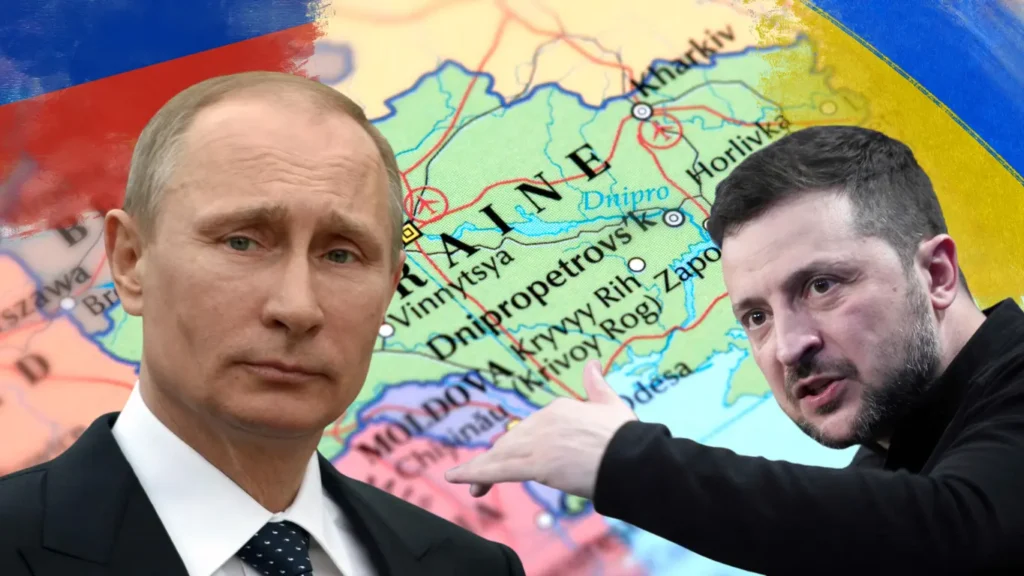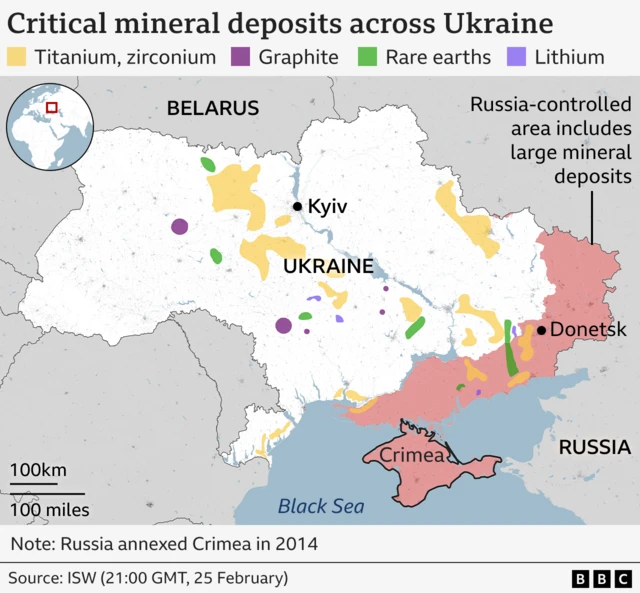
Imagine two nations, bound by a shared past, yet torn apart by clashing visions of their future. The history of Russia-Ukraine war is more than just a timeline of battles—it’s a gripping saga of ambition, betrayal, and resilience that has captivated the world. From the sprawling ambitions of Tsarist Russia to the modern-day showdowns shaking global alliances, this conflict has roots that stretch back centuries.
Fast-forward to today, March 3, 2025, and the war drags into its fourth year, with headlines buzzing about NATO’s moves, Vladimir Putin’s latest gambits, and the ripple effects felt as far as India. In this 1400-word epic, we’ll unravel the origins, dive into the key turning points, and explore the burning question: when will the Ukraine-Russia war end? Buckle up—this is history brought to life.
The Deep Roots: Where It All Began
The history of Russia-Ukraine war starts long before tanks rolled across borders. Picture medieval Kievan Rus’, a vibrant kingdom from the 9th to 13th centuries, where both Russia and Ukraine claim their cultural ancestry. Fast-forward to the 17th and 18th centuries, and Ukraine—often dubbed “Little Russia” by its domineering neighbor—fell under the iron grip of the Russian Empire. But the 20th century flipped the script. After the 1917 Bolshevik Revolution, Ukraine tasted freedom, declaring independence—only to be swallowed by the Soviet Union in 1922.
For decades, Ukraine thrived as a breadbasket and industrial powerhouse within the USSR, yet beneath the surface, a quiet yearning for sovereignty simmered. When the Soviet Union crumbled in 1991, Ukraine seized its chance, stepping onto the world stage as an independent nation. Russia, however, never fully let go. Under Vladimir Putin, who rose to power in 1999, Moscow clung to the belief that Ukraine belonged in its orbit—a mindset that would spark a modern tragedy.
2014: The First Shots Fired
The modern chapter of the history of Russia-Ukraine war ignited in 2014, a year that rewrote Eastern Europe’s map. It began with Ukraine’s Maidan Revolution, a chaotic, inspiring uprising where citizens ousted pro-Russian President Viktor Yanukovych, dreaming of a European future. Putin saw red. Within weeks, Russian troops—masked as “little green men”—swept into Crimea, a Ukrainian peninsula steeped in Russian history. A sham referendum followed, and Crimea was annexed, a move the BBC branded a blatant breach of international law. Putin justified it as protecting Russian speakers, but the world saw it for what it was: a power grab.
Meanwhile, in Ukraine’s east, the Donbas region erupted. Russian-backed separatists declared “people’s republics” in Donetsk and Luhansk, sparking a grinding war that killed over 14,000 by 2022. The Minsk Agreements, fragile peace deals brokered by France and Germany, tried to douse the flames but crumbled under mutual distrust. Historian Timothy Snyder, in The Road to Unfreedom, calls this Putin’s opening gambit to destabilize Ukraine and thwart its westward drift. The stage was set for something bigger.
2022: The World Shakes
On February 24, 2022, the history of Russia-Ukraine war roared into a terrifying new phase. Putin unleashed a full-scale invasion, dubbing it a “special military operation” to “denazify” Ukraine—a claim so absurd it stunned even seasoned analysts. Russian tanks thundered toward Kyiv, missiles rained on Kharkiv, and Mariupol became a symbol of devastation, as The New York Times chronicled in chilling detail. Putin’s plan? Topple Ukraine’s government and install a puppet regime. But he underestimated his foe.
Enter Volodymyr Zelenskyy, Ukraine’s unlikely hero. A former comedian turned wartime leader, he rallied his people with a simple, defiant message: “We are here.” Civilians grabbed rifles, grandmothers made Molotov cocktails, and Ukraine’s military, juiced by Western weapons, halted Russia’s blitz. The world watched, awestruck, as Kyiv held firm. This wasn’t just a war—it was a David-and-Goliath tale for the ages.
Globally, the invasion flipped the chessboard. NATO, bolstered by NATO Plus countries like Japan and Australia, poured aid into Ukraine—tanks, drones, billions in cash. Putin raged against NATO’s “expansion,” a grievance historian Mary Sarotte dismantles in Not One Inch (NPR), arguing it was Eastern Europe’s plea for safety, not Western aggression. Still, Russian Putin Ukraine propaganda painted the West as the villain, a narrative that fueled Putin’s resolve.
2025: The War Today
As of March 2025, the history of Russia-Ukraine war is a brutal stalemate. Russia claws forward in Donbas, seizing towns like Bakhmut at a horrific cost—tens of thousands dead, per AP News. Yet Ukraine strikes back with flair. The 2024 Kursk offensive, where Ukrainian troops stormed Russian soil, was a jaw-dropping twist, forcing Putin to scramble. Analysts say it’s a bid to stretch Russia thin and nudge them toward talks.
But Russian-Ukraine talks? A mirage. In December 2024, Putin dangled peace, demanding Ukraine’s neutrality and annexed lands—a non-starter for Kyiv, which insists on total withdrawal. The Russia-Ukraine war Twitter explodes daily with speculation: ceasefire in 2025? Or endless trench warfare? NATO’s Washington Summit 2024 doubled down, calling Ukraine’s membership path “irreversible” (NATO.int), though Trump’s return in January 2025 muddies the waters. He’s floated a deal sidelining NATO for peace, a notion Kyiv and Europe despise (Reuters).

India Caught in the Crossfire
The impact of Russia-Ukraine war on India is a subplot with high stakes. India, a longtime Russian ally, straddles a diplomatic tightrope. The war spiked oil and wheat prices, hammering India’s economy, yet New Delhi turned crisis into opportunity, snapping up cheap Russian oil—a move the West grumbled about but PM Narendra Modi shrugged off as survival (BBC). Modi’s 2024 trips to Moscow and Kyiv showcased India’s neutrality, a balancing act hotly debated on Russia-Ukraine war Twitter.
Militarily, India’s 60% reliance on Russian arms raises eyebrows. Sanctions on Moscow push India to pivot, with The Times of India spotlighting the “Make in India” defense push. It’s a slow burn, but India’s playing the long game, keeping Putin close while eyeing Western tech.
When Will It End?
So, when will the Ukraine-Russia war end? Experts like those at CSIS wager on coercive diplomacy—think Trump’s sanctions threats—nudging a resolution, though it might mean Ukraine ceding land. Putin’s December 2024 olive branch hints at exhaustion, but his terms are steep. Ukraine, riding high on victories and Western backing, won’t bend easily. Fiona Hill, writing for Foreign Affairs, sees two paths: a 2025 truce or a war that drags on, bleeding both sides dry.
Putin’s Game and NATO’s Stand
Vladimir Putin Russia-Ukraine war updates paint a leader cornered but defiant. Russia’s economy creaks—23% interest rates, a sinking rouble (BBC)—and Putin’s leaning on North Korean troops in Kursk, a desperate escalation (The Independent). NATO, now with Finland and Sweden, bristles at this, while Russia-Ukraine NATO news tracks rising tensions. Putin warns of “consequences” if Ukraine joins NATO; Jens Stoltenberg counters it’s Ukraine’s destiny (The Guardian). The standoff’s electric.
The Final Word
The history of Russia-Ukraine war is a rollercoaster of conquest and courage, from Crimea’s theft to today’s grinding battles. For India, it’s a test of wits; globally, a realignment of power. As Russian-Ukraine talks stutter and NATO digs in, we’re left wondering: will 2025 bring peace? Follow Russia-Ukraine war Twitter and outlets like The Times of India for the latest. This isn’t just history—it’s a story still being written, and we’re all witnesses.


Pingback: Strait of Hormuz Importance: Global Energy and India Oil
Pingback: INF Treaty Collapse: 5 Shocking Impacts on U.S.-Russia